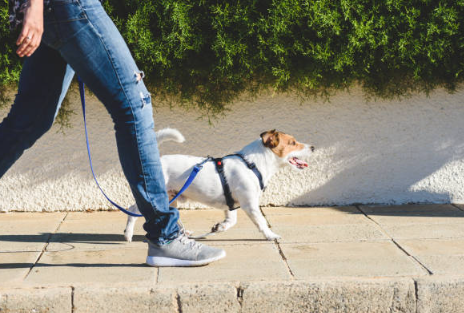Taking regular walks offers incredible benefits for your physical and mental well-being. Walking can improve sleep quality, boost heart health, lift your mood, and even extend your life. It may also help lower blood pressure and reduce the risk of heart disease. Some studies suggest that the timing of your walk—before or after eating—can affect how beneficial it is.
Research has shown that walking on an empty stomach may help burn fat more effectively and boost metabolism. On the other hand, walking shortly after a meal may be better for weight loss, digestion, and blood sugar control.
Is It Better to Walk Before or After Eating?
Whether you should walk before or after meals really depends on your personal goals and preferences. Both options offer important health benefits, such as supporting weight loss and managing blood sugar.
-
Walking before meals can help your body burn stored fat and promote weight loss.
-
Walking after meals can assist in losing weight, regulating blood sugar, and improving digestion.

The key is to talk with your healthcare provider about your specific needs. Your underlying health conditions and goals will help determine which timing is best for you.
Benefits of Walking on an Empty Stomach
Walking early in the morning before breakfast—or a few hours after your last meal—can help boost your metabolism and encourage your body to burn fat rather than recently consumed calories. It may also help with weight loss.
One study found that people who exercised on an empty stomach burned about 70% more fat than those who exercised two hours after eating.
Additional benefits of walking before meals include:
-
Higher energy levels throughout the day
-
Boosted metabolism
-
Improved blood circulation
-
Lower levels of blood lipids
-
Better blood sugar control
Benefits of Walking After Meals
Walking after meals has its own advantages. It may improve digestion, help regulate blood sugar, and support weight management.
Improves Digestion
Research shows that walking after a meal can speed up digestion and reduce bloating.
In fact, for people who experience gas, bloating, or frequent belching, taking a 10–15 minute walk after each meal may help relieve symptoms.
Helps Control Blood Sugar
One of the biggest benefits of post-meal walking is its effect on blood sugar levels.
Whether you’re trying to prevent diabetes or already managing it, walking after meals can help keep blood sugar under control.
Several studies have found that walking after eating helps burn glucose and reduce blood sugar spikes. Even a 2–5 minute walk can make a difference.
Promotes Weight Loss
Walking at any time supports weight loss. However, one study found that walking briskly for 30 minutes immediately after eating led to more weight loss compared to walking one hour after eating.
How Long Should You Walk Before or After Eating?
Your ideal walking time depends on your goals.
-
Before Meals: Make sure it’s been at least 3–4 hours since your last meal, or walk first thing in the morning after fasting overnight. This helps your body use fat stores for energy.
-
After Meals: For the best results—especially for blood sugar regulation and weight loss—start walking as soon as possible after eating. Blood sugar typically peaks 30 to 60 minutes after a meal, so walking before that peak can help moderate it.
Studies have shown that walking briskly for 30 minutes after lunch or dinner is more effective for weight loss than waiting an hour or more.
Tips for Walking to Aid Digestion
No matter when you do it, consistent walking supports both mental and physical health. It helps improve sleep, boosts heart health, lifts your mood, and may even help you live longer.
If you’re walking specifically to improve digestion, keep these tips in mind:
-
Time it right: If you’re walking after a meal, try to begin soon after eating—especially if you’re concerned about blood sugar levels.
-
Watch your post-walk food choices: If you walk before meals, be mindful of what you eat afterward. Some people may reward themselves with less nutritious food after exercise or associate the walk with discomfort. Remember, you have up to 4 hours after exercise to eat without compromising glycogen replenishment.
-
Do what you can: If you’re just starting out, don’t stress about walking a full 30 minutes. Even a 2–5 minute walk offers benefits.
-
Avoid intense exercise: Light walking is better than intense activity after meals, especially for those with digestive conditions. For people with IBS (Irritable Bowel Syndrome) or GERD (Acid Reflux), walking is gentler and more effective than high-intensity workouts.
-
Track your total steps: If your goal is to prevent or manage type 2 diabetes, aim for 10,000 steps per day if possible. While pre- or post-meal walks help manage blood sugar, your total daily steps are also key to achieving your goals.